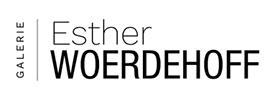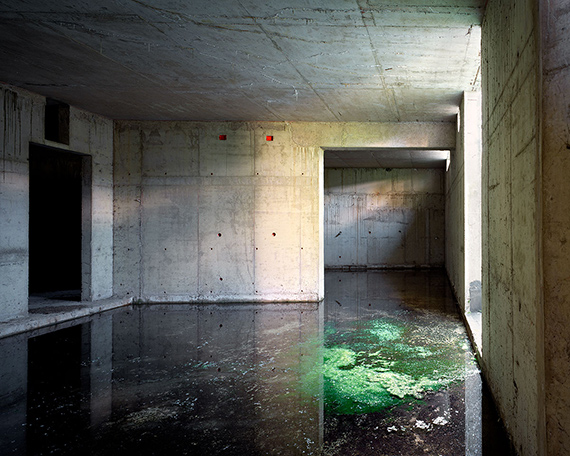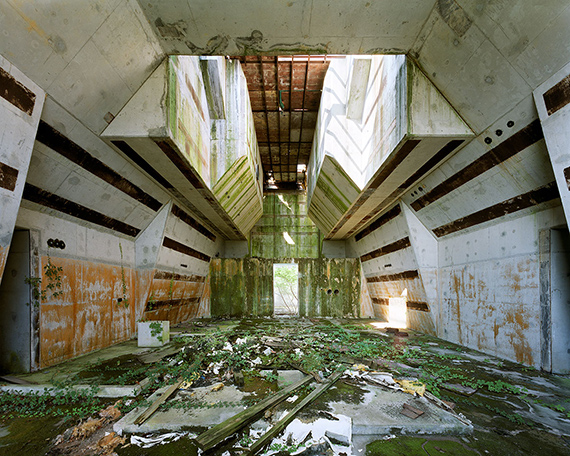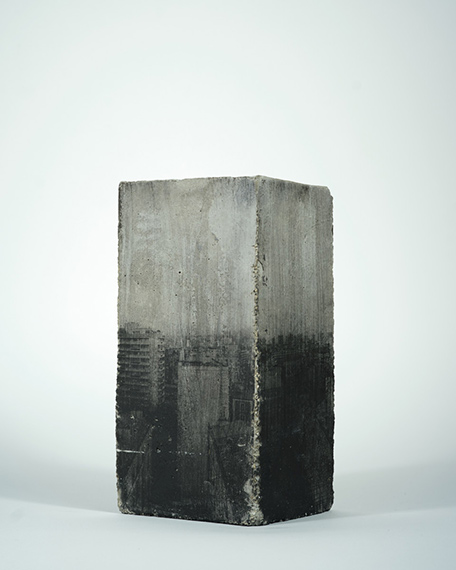
Inkjet print 120 × 150 cm
© Thomas Jorion courtesy Galerie Esther Woerdehoff
Thomas Jorion »
No Man's Time
Exhibition: 29 Sep – 19 Nov 2022
Thu 29 Sep 18:00 - 21:00

Galerie Esther Woerdehoff
36 rue Falguière
75015 Paris
+33(0)9-51 51 24 50
galerie@ewgalerie.com
www.ewgalerie.com
Wed-Sat 12-19

Inkjet print 80 × 120 cm
© Thomas Jorion courtesy Galerie Esther Woerdehoff
Thomas Jorion
No Man's Time
29 September – 19 November, 2022
Opening: Thursday, September 29, 6-9pm, in presence of the artist
Artist talk on Saturday, October 15 at 3 p.m.
The photographer Thomas Jorion adds with the series "No Man’s Time" a chapter to a remarkable body of work. This work on the ruin invites us to question ourselves in front of the sublime of places whose history can only be read in their erosion and their abandonment. Devoured by the surrounding nature, the palaces, cinemas, factories are memento mori which proposes us a journey in which several temporal frames are linked.
The ruin becomes the center of a wider reflection on our relationship to our environment and to our common history. The exhibition No Man’s Time presents a particular series of the artist’s work of the artist’s work, the ruins photographed with a large format camera are here often disproportionate constructions that have never been completed. Like a nuclear reactor wide open to the sky, their function is revealed in hollows, or leaves the viewer facing an architectural ambition without conclusion.
The places, passed from building sites to ruins, are immediately imagined and immediately abandoned. The contemporary concrete of places that have no more history than their conception is offered to the sprawling nature, inviting us to think about our relationship to the imprint that our generation leaves on the world we inhabit.
For the first time, Thomas Jorion will unveil a new work of sculptures inspired by these places in dialogue with eleven large format photographs. The sculpture is the opportunity for the artist to seize a form in space and to give body to his privileged material: concrete. The monoliths explore various aspects of this material, notably that of recording photographic images.
This work will be exhibited at the Esther Woerdehoff Gallery in Paris from September 29 to November 19, and will be the subject of a special program including an opening on Thursday, September 29 and an artist talk discussion with Bruce Bégout, a researcher and specialist in contemporary ruins, who will write the exhibition text, and a series of lectures. the text of the exhibition and guided tours throughout the presentation.
In parallel with the exhibition of this new work, twenty large format prints from the large format prints from the "Veduta" series will be exhibited a few steps from the gallery in the Roche Bobois space on avenue du Maine.
Text : Jehan de Bujadoux

Inkjet print 80 × 120 cm
© Thomas Jorion courtesy Galerie Esther Woerdehoff
Farewell to the ruins?
For two centuries, the world population explosion has been accompanied by an exponential growth in construction of all kinds. It has been necessary to again and yet again, in the four corners of the Earth, to accommodate these billions of new human beings. But this situation has mainly led to building, most often in the emergency and the absence of planning, buildings that are not very solid and not perennial. Thus, modernity has been characterized by an unprecedented expansion of the construction and, at the same time and, at the same time, the accelerated weakening of everything that was built in a hurry. There are many reasons for the appearance of ruins: natural, political and economic. But if we put aside random events (natural disasters, wars, etc.), we realize that most of today’s ruins, namely the ruins of buildings built since the beginning of the industrial revolution, are deteriorating on their own without the intervention of an external destructive cause. The abandonment itself is not the result of a sudden change of society or economic model, it belongs to the inexorable fate of obsolescent architecture.
We are therefore living, let’s say for the last fifty years, where this phenomenon has accelerated, the paradox of a propagation of the ruins of recent constructions and of their announced disappearance. The globe is constantly covered with new disused buildings, and these, far from lasting like the ancient or medieval ruins, are deteriorating. or medieval ruins, are deteriorating so fast that they leave nothing but to nothing but shapeless rubble.
Perhaps it is this unprecedented moment in history that explains the contemporary enthusiasm for exploring the industrial wastelands and abandoned buildings of modernity?
Urban explorers flock to these places with the dark feeling that they will soon disappear and that they constitute the last generation of real ruins. From then on, it is not so much the past that these explorers seek to contemplate but the future, that of the programming of the obsolescence of contemporary architecture. It is a question for them of seeing, with the state of mind of the tourism of the disappearance, the last vestiges of an epoch doomed to the oblivion. They thus apply themselves to locate, visit and archive these places which, at the same time, proliferate everywhere and exhibit their extreme historical precariousness. Because it is not the ruin which constitutes the central state of things of the modernity, its ardent heart and generating, but the rubble, what succeeds to the ruin and does not possess its value.
Thomas Jorion belongs to this generation fascinated by the rapid and massive disappearance and massive disappearance of the constructions of the late modernity. As an artist, he intervenes at the moment when the building tips over from the functional state to the rubble, where it forms a ruin still visible and visitable. In this in-between, what was is no longer useful, but it is not yet nothing. It remains as a degraded thing and yet still identifiable. No need to aestheticize here, to use techniques of scenography, of sublime grandeur or of post-romantic dramatization. This state of things without function or use ineluctably brings abandoned buildings, sometimes on the verge of collapse, closer to the status of works of art. The precarious ruins of late modernity, which refer to a not so distant past still forming, by many aspects, the material and symbolic base of our time, exhibit, in their loss of function, their forms, their materials, their details, their visual richness, rediscovering a sensitive, physical, expressive power that the former uses had masked behind the practical purposes.
Compared to natural decay, ruin is therefore not foreign to us. It is the daughter of our dreams and our needs, it is the result of a quest for meaning which is nestled in the heart of our existences. From a material point of view, it is certainly dependent on nature which destroys everything, but, faced with the obstinacy of ruins, the destructive nature proves to be impotent because of its absence of goal. Conversely, the ruin as a symbol of human impotence, even of its guilty imperiousness, resists neantisation, and, in the end, its impotence in front of the time and the nature turns over in power of affirmation of a will to last eternally withdrawn to the destructive flow.
In "No Man’s Time", Jorion takes a more modest look at abandoned constructions, those that, left untouched, have not known the stage of operation, the noise and the fervor of daily use. Deviated from the beginning, these buildings also undergo the degradation of time, of the bad weather, of the naturalization, but they do not contain the traces of the uses which did not take place. These empty shells blur the border between the construction site and the ruin. To the incompleteness, they add the incompleteness, creating strange places, with aspects both smooth and deteriorated, doubly inhuman.
Text : Bruce Begout
French photographer born in 1976, Thomas Jorion lives in Paris and travels the world to create his unique and timeless landscapes. A self-taught photographer, he takes his images in natural light using a large format analogue camera. He captures places in ruins or abandoned and allows us to rediscover and imagine their past glory, in a bygone era. In 2013, the publisher La Martinière published Silencio, a book that brings together several of his series: Forgotten Palaces, The Other America, Konbini, The Quest for the Soviets... For several years now, Thomas Jorion has been focusing his photographic exploration on former colonies; this new series, Vestiges d’empire, is the subject of a second book published by La Martinière in autumn 2016.

Concrete, unique piece 10 × 10 × 14 cm
© Thomas Jorion courtesy Galerie Esther Woerdehoff